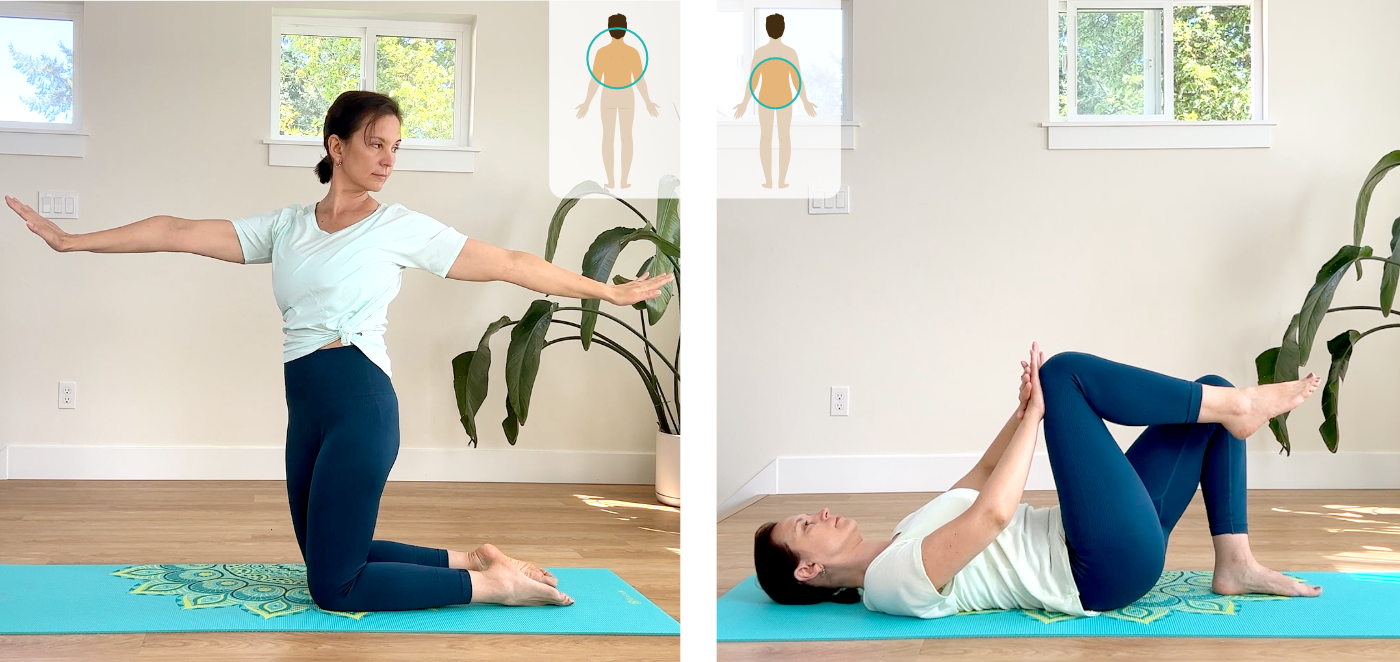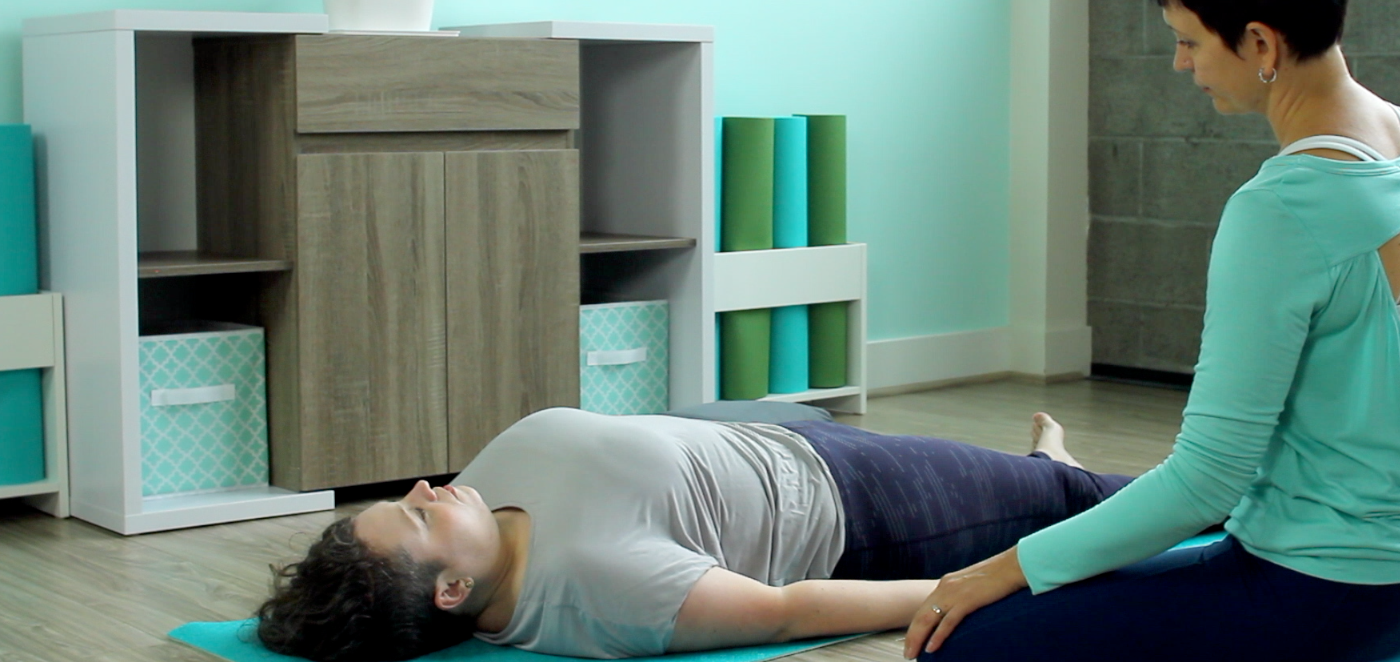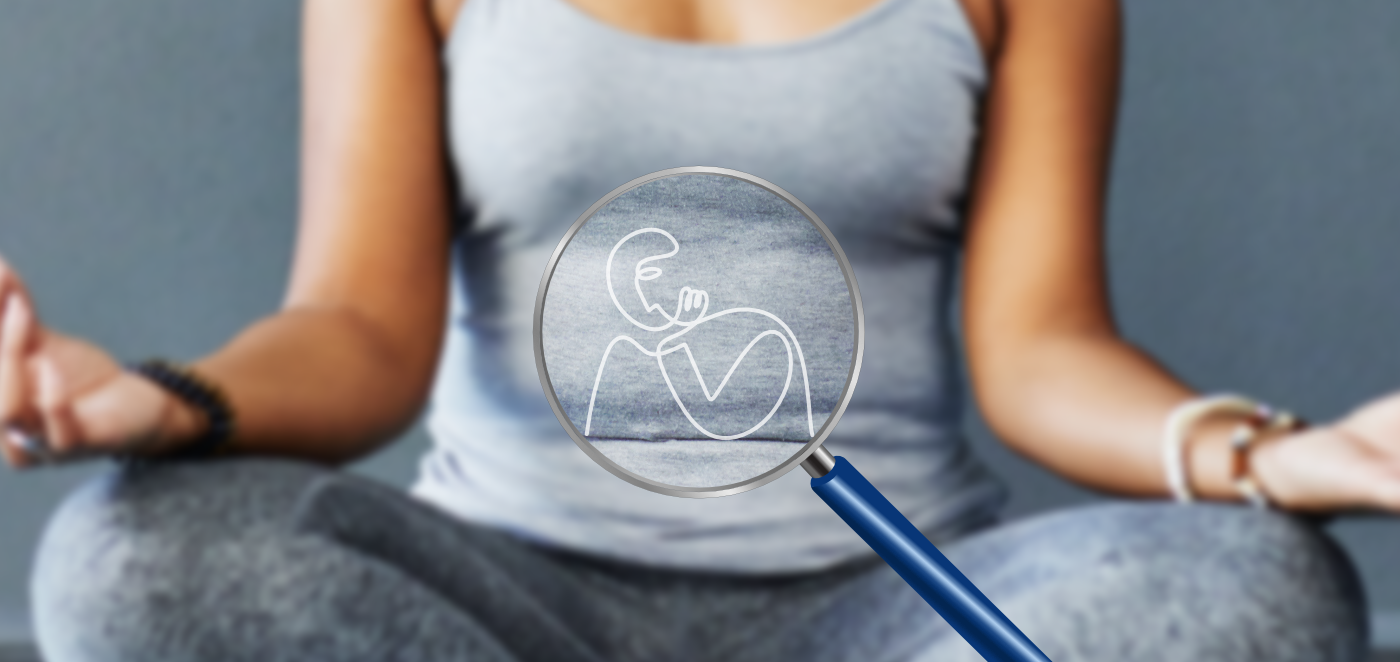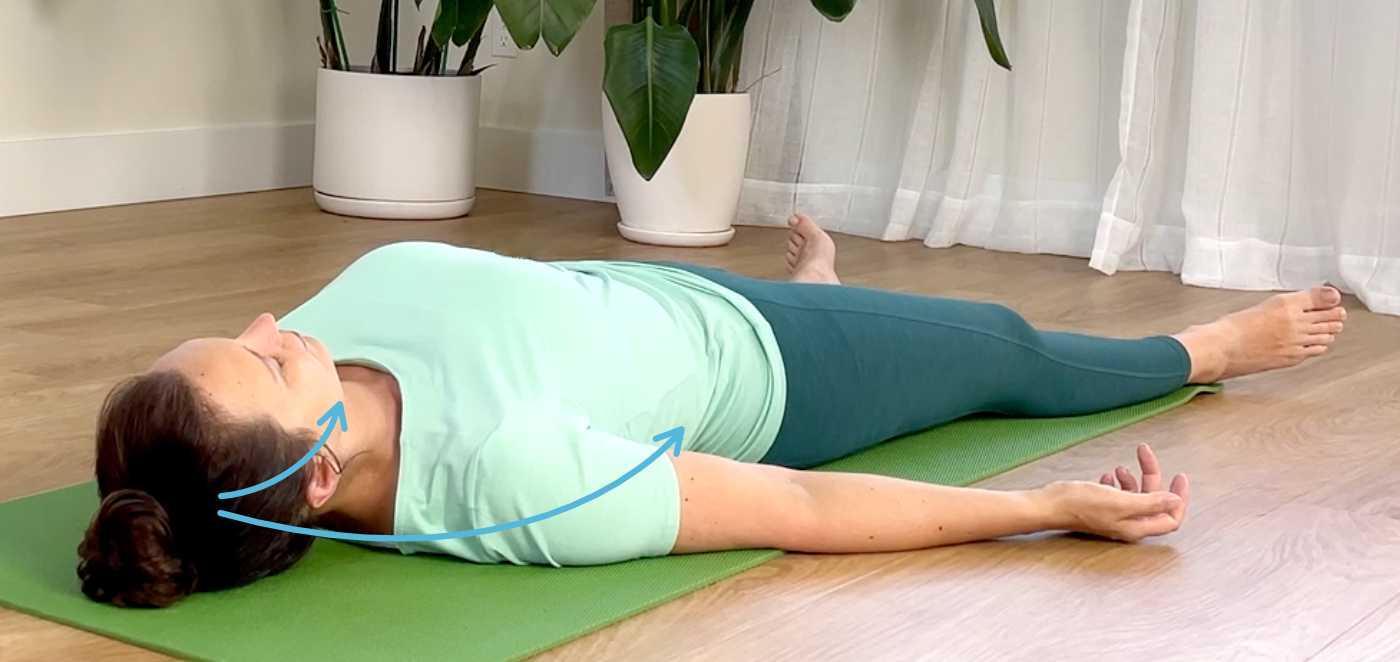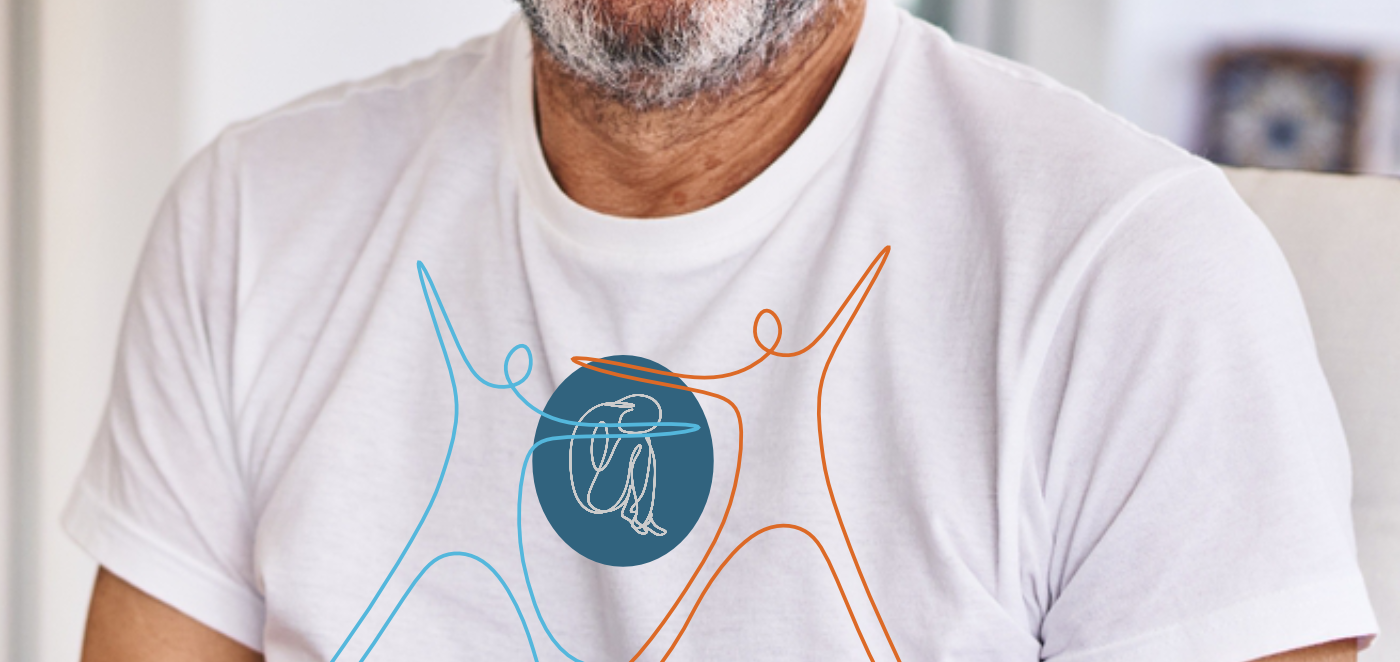What is anxiety, and where does it come from?
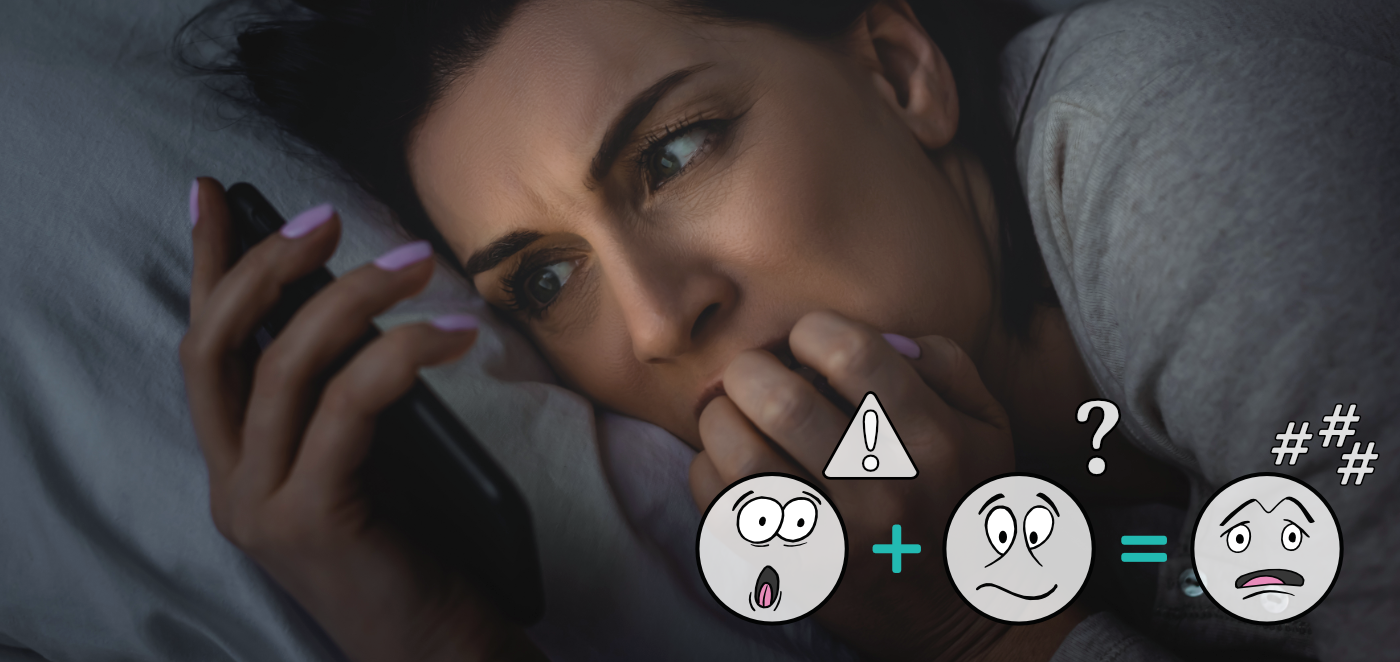
When I was about eight years old, my mother took my sisters and me to the river bank by our house. My mother carried my two-year-old sister with one arm and held my four-year-old sister’s hand with her other hand. I ran ahead of them, and she kept yelling, “Olya, slow down; Olya, don’t run!” I, of course, didn’t listen, ran across a busy road by myself, and got stuck in the middle of traffic with cars swooshing full speed in front and behind me. I will never know why not a single driver slowed down to let me pass, but I turned around in the middle of the road and saw my mother standing there with her face white, frozen like a statue, and rasping, “Stay right there!” I can still see her, clutching my sisters, completely immobile, as if staying still would somehow freeze time or create a barrier between me and the rushing cars. After what felt like forever, the flow of cars in one direction had subsided, and I was able to run back to her. At that point, she slipped down onto the bench next to her (still holding my sisters) and whispered, “I just aged ten years.”
My brain learned a lot from that experience; some lessons proved useful, others not so much. For example, my brain had learned that
- Roads are dangerous; you have to be careful around them (useful)
- In a dangerous or unfamiliar situation, one must freeze (sometimes useful)
- Drivers cannot be trusted (sometimes useful)
- Children shouldn’t be allowed anywhere near roads (not useful when your own child reaches a certain age).
This learning experience is a natural process that our brains constantly go through to assess the level of danger around us and decide what to do and not to do. This is the brain’s built-in mechanism for learning in the service of self-preservation. The primitive part of the brain (that controls our reflexes) makes us fight, flight, or freeze in the face of danger. This happens automatically before the conscious mind kicks in. If we survive the experience, the more conscious part of the brain (called the prefrontal cortex or PFC), responsible for thinking and planning, quickly draws conclusions and learns lessons. We adjust our perception of danger based on those conclusions and modify our behaviors. If we produce offspring, the PFC will be sure to communicate those lessons to our children.
The prefrontal cortex helps us process information and plan for the future, and it does that by relying on our past experiences. Here is a hiccup, though. Judson Brewster, MD, Ph.D. in his book “Unwinding Anxiety: New Science Shows How to Break the Cycles of Worry and Fear to Heal Your Mind,” writes: “Yet critically, the PFC needs accurate information to make accurate predictions. If information is lacking, our PFC plays out different versions of what might happen to help us choose the best path forward. It does this by running simulations based on previous events in our lives that are most similar. […] Enter anxiety. Anxiety is born when our PFCs don’t have enough information to accurately predict the future.” (1)
Our survival brains are inherently fearful and always expect the worst (it’s called “negativity bias“). Our PFSs are more reasonable; they assess the situation with more clarity and tell us, for example, “Your home is safe; go to bed.” But when PFC doesn’t have enough information or the element of uncertainty is introduced (for example, a weird noise awakens you at 2 am), PFC starts to play out different scenarios (Is this a storm? Is this a cat? Is this a stranger?). Alert level goes up; fear plus uncertainty give rise to anxiety. PFC needs more information to decide whether it is safe, so you go downstairs to investigate (while grabbing a heavy object along the way). Once the source of the noise is determined (the cat had knocked over a glass), PFC is satisfied, and the worry switch is turned off (although you will still feel the stress hormones circulating throughout your body for a while).
Oftentimes, however, we do not have past experience or accurate information to turn off the worry switch. For example, when my son was old enough to walk to school by himself, my anxiety went into overdrive. All the elements that lead to anxiety were present:
- Fear from my learned experience of my dangerous crossing many years ago
- Uncertainty about my son’s behavior (“Is he paying attention? Is he crossing on the crosswalk?”)
- Lack of similar experience (He has never done it on his own before).
We might try to solve this problem by gathering more information, like inconspicuously trailing the child to school. It might help give us an idea of how they behave when they are out of their parent’s sight, but ultimately, it’s the repeated experience of the child making it home safely day after day for many months that eases that anxiety. But, as any parent knows, that hint of anxiety about where your child is and what they are up to never goes away completely. Judson Brewster describes it perfectly: “Yes, anxiety is an evolutionary add-on. When fear-based learning is paired with uncertainty, your well-intentioned PFC doesn’t wait for the rest of the ingredients (e.g., more information). Instead, it takes whatever it’s got in the moment, uses worry to whip it together, fires up the adrenalin oven, and bakes you a loaf of bread you didn’t ask for: a big hot loaf of anxiety. And in the process of making the loaf, your brain stores a bit of the dough–like a sourdough starter–away for later. The next time you plan for something, your brain pulls that anxiety starter out of your mental pantry and adds it as an “essential ingredient” to the mix, to the point where that sour taste overpowers reason, patience, and the process of gathering more information. “(1)
Does it sound familiar? Is the sour taste of anxiety affecting the flavor of your daily experiences?
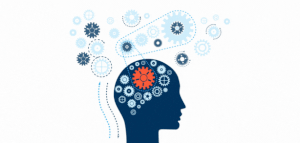
About 90% of our mental activity involves spinning in circles and revisiting the same stuff over and over again. The yogis call it chitta vrtti or “the vortex of the mind.”
References
- Unwinding Anxiety: New Science Shows How to Break the Cycles of Worry and Fear to Heal Your Mind by Judson Brewer, MD, PhD (affiliate link)




